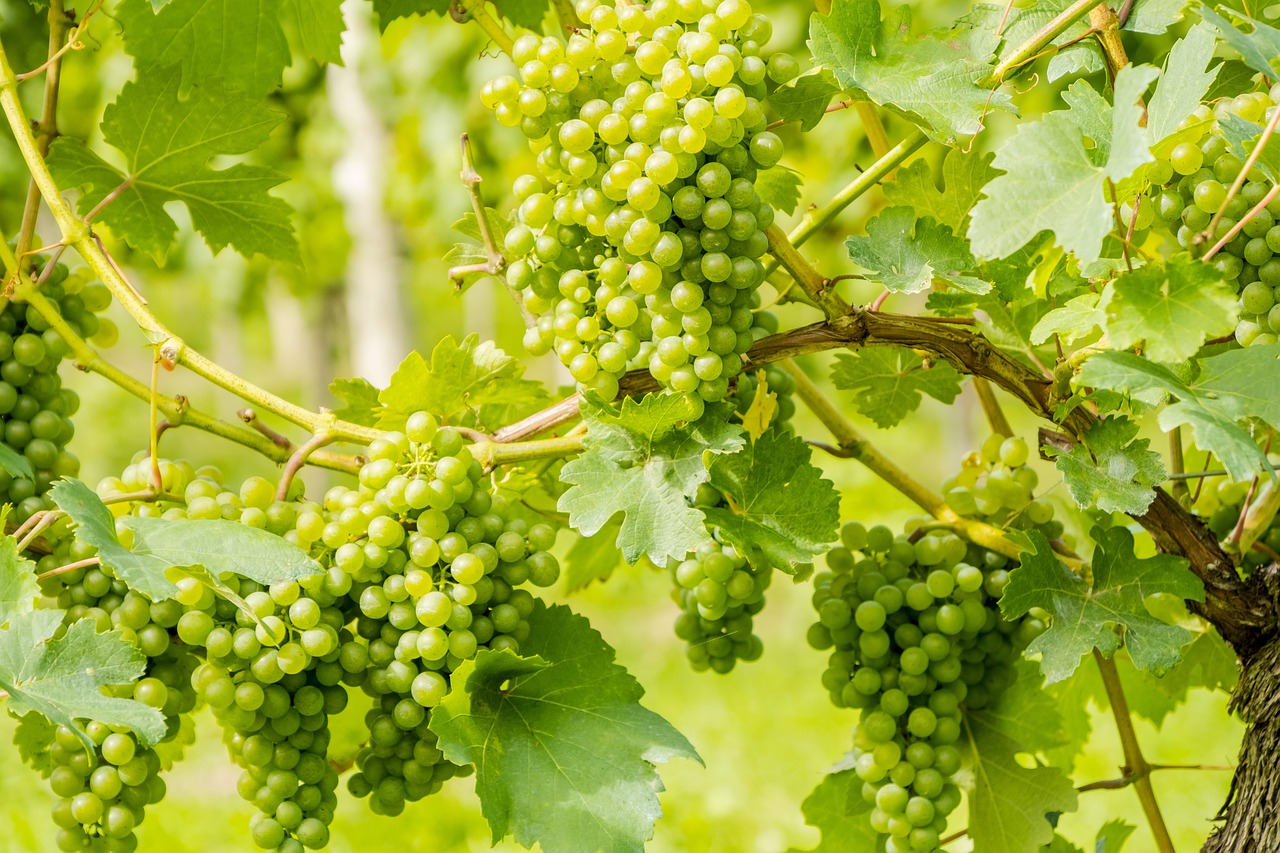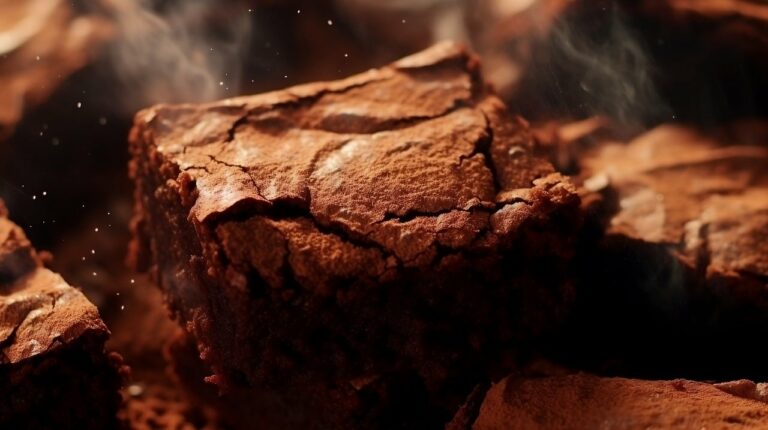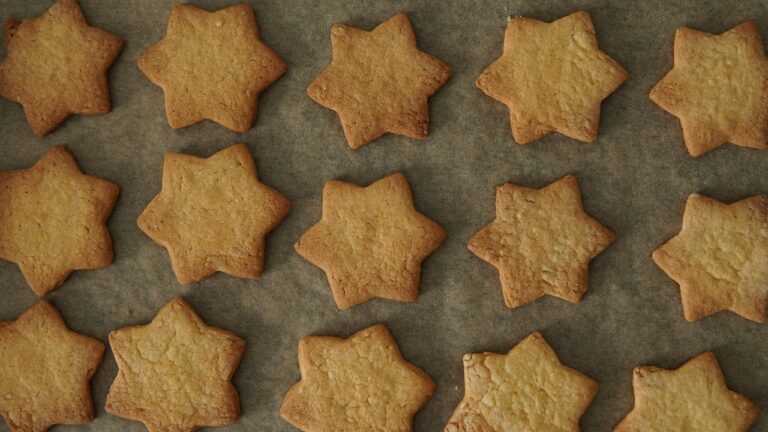The Evolution of Food Preservation Techniques Throughout History
Vacuum packaging has revolutionized the way we preserve food by removing oxygen from the packaging before sealing it shut. By eliminating oxygen, the growth of bacteria, mold, and yeast is significantly slowed down, extending the shelf life of perishable goods. This method not only helps in preserving food but also maintains its freshness and quality for a longer period of time.
The innovation of vacuum packaging has also proven to be effective in preventing freezer burn by reducing moisture loss and preventing air from coming into contact with the food. This technique is widely used in the food industry to package meats, cheeses, and other perishable items, ensuring that they stay fresh and safe for consumption. Furthermore, vacuum packaging helps in reducing food waste by prolonging the product’s shelf life, ultimately benefiting both consumers and businesses alike.
Modern Preservation Methods and Technologies
In the realm of food preservation, advancements in technology have revolutionized the way we store and extend the shelf life of perishable goods. One such innovation is vacuum packaging, which involves removing air from the packaging before sealing it shut. This method not only helps in preserving food by slowing down the growth of microorganisms, but also maintains the food’s freshness, flavor, and nutritional value for a longer period.
Another modern preservation technique gaining popularity is high-pressure processing (HPP). Instead of using heat or chemical preservatives, HPP involves subjecting food products to tremendous pressure levels, which effectively eliminates pathogens and extends shelf life. This method is particularly beneficial for maintaining the quality of fresh juices, deli meats, and seafood without compromising taste or nutritional content.
• Vacuum packaging helps in preserving food by slowing down the growth of microorganisms
• Vacuum packaging maintains the food’s freshness, flavor, and nutritional value for a longer period
• High-pressure processing (HPP) eliminates pathogens and extends shelf life without using heat or chemical preservatives
• HPP is beneficial for maintaining the quality of fresh juices, deli meats, and seafood
What is vacuum packaging?
Vacuum packaging is a preservation method that involves removing air from the packaging before sealing it, to extend the shelf life of the product.
How does vacuum packaging help in preserving food?
By removing oxygen from the packaging, vacuum packaging helps in slowing down the growth of bacteria, mold, and other microorganisms that cause food spoilage.
What are some benefits of using vacuum packaging?
Some benefits of using vacuum packaging include extended shelf life of food, preservation of flavors and nutrients, and prevention of freezer burn.
Are there any disadvantages to vacuum packaging?
Some disadvantages of vacuum packaging include the need for special equipment, the possibility of crushing delicate items, and the potential for the growth of anaerobic bacteria in oxygen-free environments.
What are some modern preservation methods and technologies besides vacuum packaging?
Other modern preservation methods and technologies include high pressure processing, modified atmosphere packaging, and sous vide cooking.
How do high pressure processing and modified atmosphere packaging work?
High pressure processing involves subjecting food to high levels of pressure to kill bacteria and extend shelf life, while modified atmosphere packaging involves changing the gas composition inside the packaging to slow down food spoilage.
What is sous vide cooking?
Sous vide cooking is a method of cooking food in a vacuum-sealed bag at a precise temperature to ensure even cooking and maximum flavor retention.







